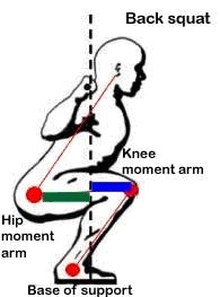

It was reported that a double knee action during the stance phase of normal walking and rotational movement with flexion-extension of the knee joint, so called “screw home movement” decreased and disappeared with knee osteoarthritis patients. 4 Knee joint movement during the stance phase of patients with medial knee osteoarthritis have a pattern different from that of unimpaired persons due to destruction of the joint architecture, 5 thereby causing restriction and instability of joint movement, which are thought to be factors contributing to changes in mechanical loads on the knee. 3 It was also shown that the external knee adduction moment was not sufficient to predict joint loading at the stance phase, and the sagittal plane movement contributed substantially to the knee contact force. 2 In contrast, walking analyses to help identify medial knee osteoarthritis have been reported problems not only for varus movement in the frontal plane but also for flexion in the sagittal plane. 1 Because the medial knee load cannot be measured directly in vivo without using invasive methods, the external knee adduction moment during the stance phase has been used to characterize the dynamic medial knee load. Prior studies have reported that the external knee adduction moment adds a dynamic load to the medial surface of the knee joint with knee osteoarthritis.


 0 kommentar(er)
0 kommentar(er)
